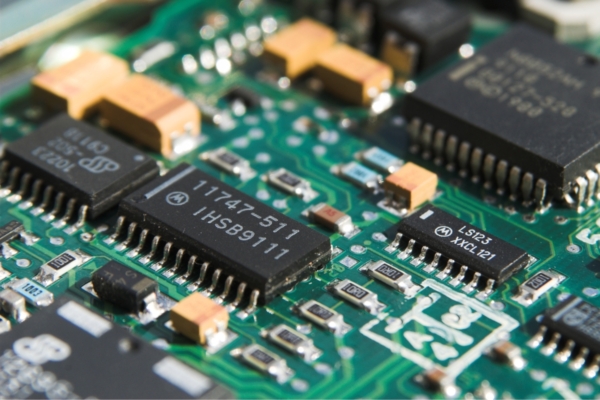What is Aging
In the PCB industry, aging refers to the process of subjecting PCB components to extreme temperatures for an extended period to determine the operational life of the PCB board. The purpose of thermal aging tests is to gather data for assessing the long-term reliability of a PCBA that may be placed into continuous operation for over 100,000 hours (at least 20 years). These tests evaluate an entire PCBA, including the bare circuit board, its components, solder and mechanical components, and any other materials used in the construction of the PCBA.
Thermal aging tests are necessary because the reliability of components placed on a printed circuit board decreases exponentially with time, which eventually results in the failure of the PCB due to differences in coefficients of thermal expansion (CTE) across the PCB material. The process of thermal aging test in PCBA involves subjecting the PCB assemblies to changes in air temperature in the thermal aging chamber with temperature elevates gradually to 105℃. Through the combined effects of high-and-low temperature changes and electric power, the defects of the assembled circuit board are exposed, such as poor welding, component parameter mismatch, temperature drift, and the faults caused during the debugging process. This process helps eliminate defects and stabilize the parameters of the non-defective circuit boards.
Frequently Asked Questions
What Type of Fault We Get Due to Aging of Components
The aging of electronic components such as resistors, capacitors, and diodes can result in a fault that may cause your drive to fail, ultimately halting your process.
What Is the Lifespan of a PCB
The typical lifespan of a PCB is 50-70 years if used appropriately. It is crucial to adhere to the manufacturer’s guidelines mentioned in their terms of use. Additionally, understanding the factors that affect the longevity of assembled PCBs can help you extend their shelf life.
What Temperature Will Damage a PCB
PCBs are categorized as high-temperature PCBs if they can endure a maximum temperature of 150 degrees Celsius. However, PCBs made from materials with lower heat resistance should be operated at much lower temperatures to ensure safe operation. It is possible for some high-temperature PCBs to withstand even higher temperatures.
Do PCBs Ever Go Away
PCBs are known to persist in soil for extended periods of time as they do not easily degrade. The length of time they remain in the soil depends on the number of chlorine atoms present in the PCBs, with those containing more chlorine taking longer to break down. Additionally, lighter PCBs can evaporate from the soil, which is believed to be a significant means of removal.
What Temperature Class Is a PCB
The temperature class of a PCB is determined by its substrate material. FR-4, which is the most commonly used substrate in PCBs, is a flame-retardant glass epoxy laminate that has a temperature tolerance of 90°C to 110°C. However, a PCB can be classified as a high-temperature one if its Tg (glass transition temperature) is above 170°C, although some people may consider it to be above 150°C.





